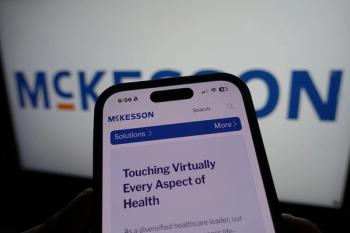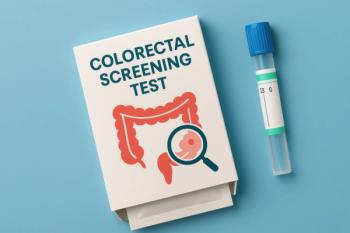
What We’re Reading: Fewer Uninsured Children; Updated Pediatric COVID-19 Vaccines; Two Diabetes Drugs Performed Best in Study
About 200,000 more children have health insurance since the start of the COVID-19 pandemic; if FDA-approved, bivalent COVID-19 vaccines for younger children are expected to become available by early to mid-October; a trial compared metformin plus sitagliptin, liraglutide, glimepiride, and insulin glargine for maintaining blood glucose levels.
More Children Have Health Insurance Since COVID-19 Pandemic Began
More children have gained health insurance since the start of the COVID-19 pandemic,
Bivalent Vaccines for Younger Children Expected by Mid-October
If approved by the FDA, bivalent COVID-19 vaccines for younger children are expected to become available by mid-October, the CDC said in a
Insulin Glargine, Liraglutide Performed Better Than 2 Other Diabetes Drugs
A large clinical trial found that insulin glargine and liraglutide maintained blood glucose levels in the recommended range better than 2 other FDA-approved drugs in individuals with
Newsletter
Stay ahead of policy, cost, and value—subscribe to AJMC for expert insights at the intersection of clinical care and health economics.













































